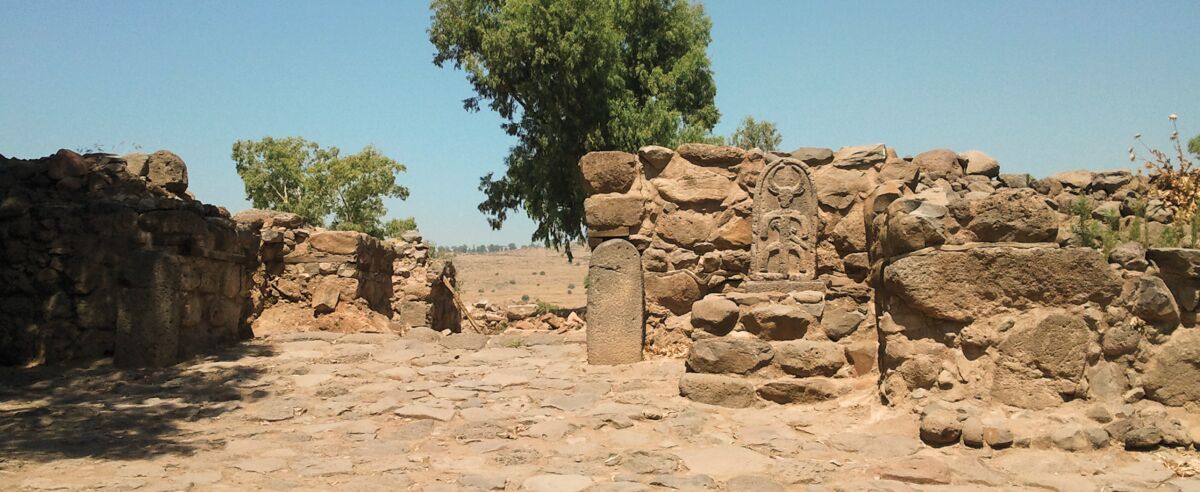Two miles north of the Sea of Galilee in the fertile delta of the Jordan River lies Tel Et-Tell, an ancient site that is likely the ancient city of Bethsaida—an important city at the time of Jesus. This city is excavated annually.
According to excavation director Prof. Rami Arav, the excavations have yielded a massive gate complex, which was in use from sometime in the 11th century b.c.e. to 920 b.c.e., when the city was destroyed. That means this gate was in use during the reigns of both David and Solomon.
Finding a gate in an archaeological site is significant, as city gates were often a hub of political, cultural and economic activity. The gate at Tel Et-Tell is no exception.
The gate’s preserved height of around 3 meters (10 feet) makes it one of the largest and best-preserved gates in the land of Israel from this time period.
It is not just the size of the gate that makes it important, but what might have taken place there and how it relates to the biblical narrative and King David himself.

The Bible records that this area was given to the tribe of Manasseh, but they were unable to drive out all of the inhabitants, whom the Bible calls the Geshurites (Joshua 13:13). The people of Geshur were an elusive people who may have been a subgroup of the Arameans who occupied the area to the northeast, including Damascus.
The Bible indicates that the Geshurites lived in this area from the time of Joshua through the reigns of David and Solomon (Deuteronomy 3:14). Given that Tel Et-Tell is the largest of the known settlements in the area, archaeologists conclude that it was the capital city of the Geshurites.
Other Geshurite sites have been discovered. In 2020, archaeologists uncovered the remains of an impressive fortification dating to the time of King David. The fortress, discovered near the Golan Heights town of Hispin, is believed to have been originally built as part of the kingdom of Geshur.
The fortress encompassed a strategic hilltop location overlooking the El-Al canyon and sported 1.5-meter-thick walls built of large basalt boulders. One of the boulders near the entrance to the fortress bears an engraving of two horned gods with outstretched arms. A near-identical discovery was made at Tel Et-Tell.
The Geshurites reappear in the biblical record during the last year and a half before King Saul’s death. After being gifted Ziklag and remaining there 16 months, “David and his men went up, and made a raid upon the Geshurites, and the Gizrites, and the Amalekites …” (1 Samuel 27:8). David also married the daughter of Talmai king of Geshur (2 Samuel 3:1-3).
The evidence at the site of Tel Et-Tell reveals that the city continued to be inhabited throughout the reign of King David. David’s son Absalom retreated to the house of his grandfather the Geshurite King Talmai after killing his half-brother Amnon (2 Samuel 13:37). He stayed there for three years.
After being accepted back into the fold at Jerusalem, he staged a revolt against his father David. But while the coup eventually failed and Absalom was killed for his treachery against his father’s house, the Bible records that the family of Geshur was still part of David’s royal line. Absalom had a daughter, whom he named after his mother, Maacah. She was the favorite wife of Solomon’s son Rehoboam. From their relationship, the next king of Judah, Abijah, was born (1 Kings 15:1-2).
Archaeological evidence shows that Tel Et-Tell was partially destroyed, perhaps at the hands of Pharaoh Shishak around 925 b.c.e.